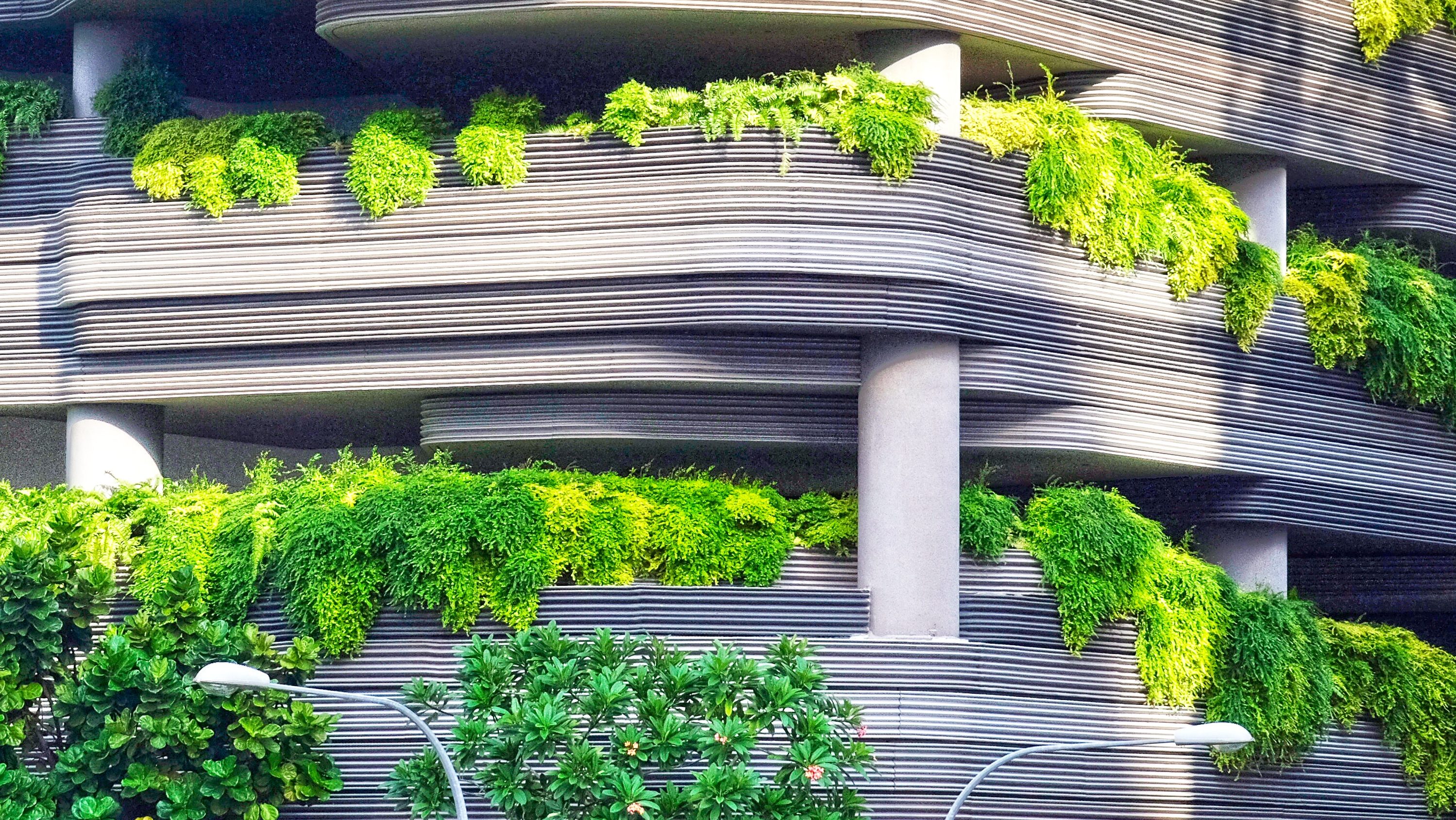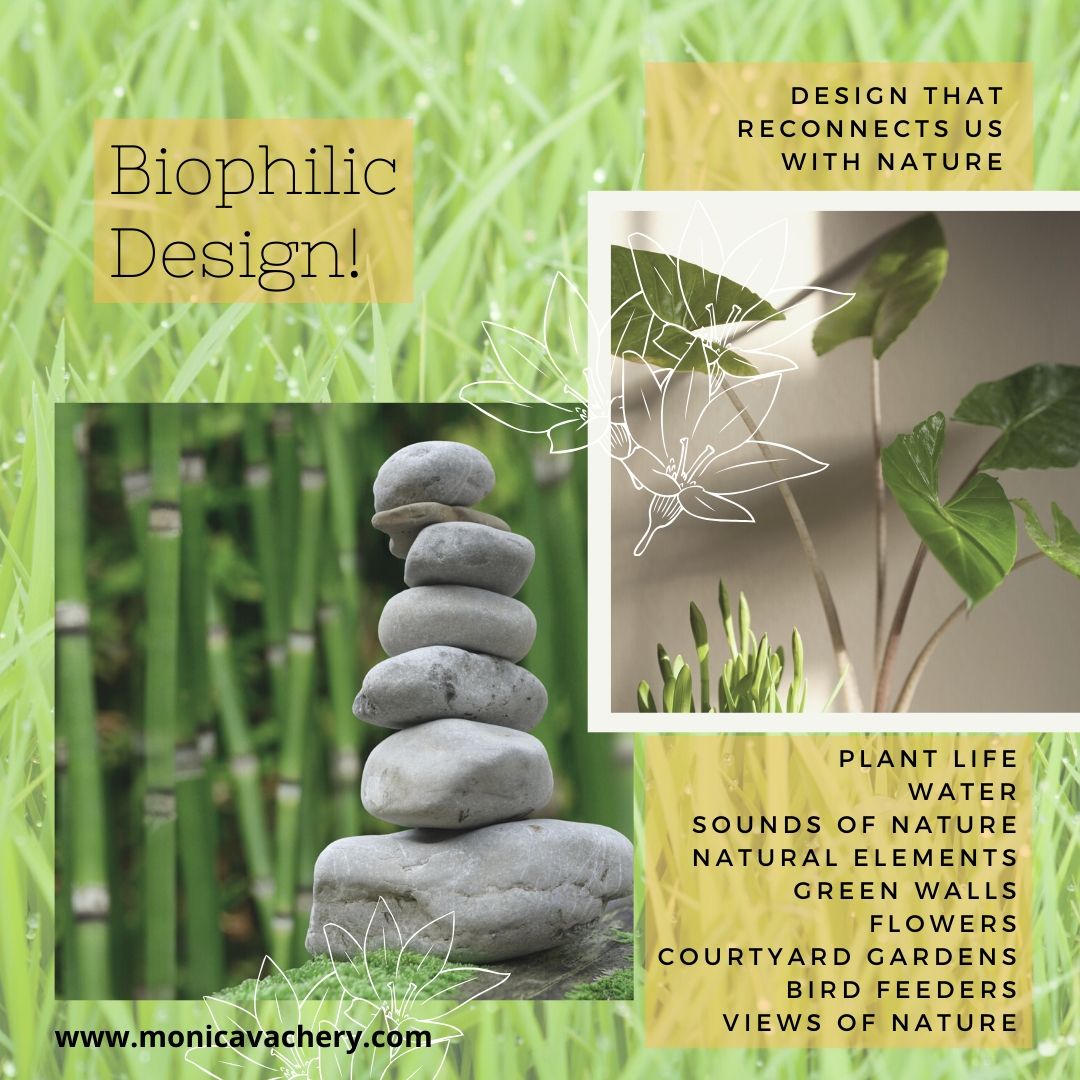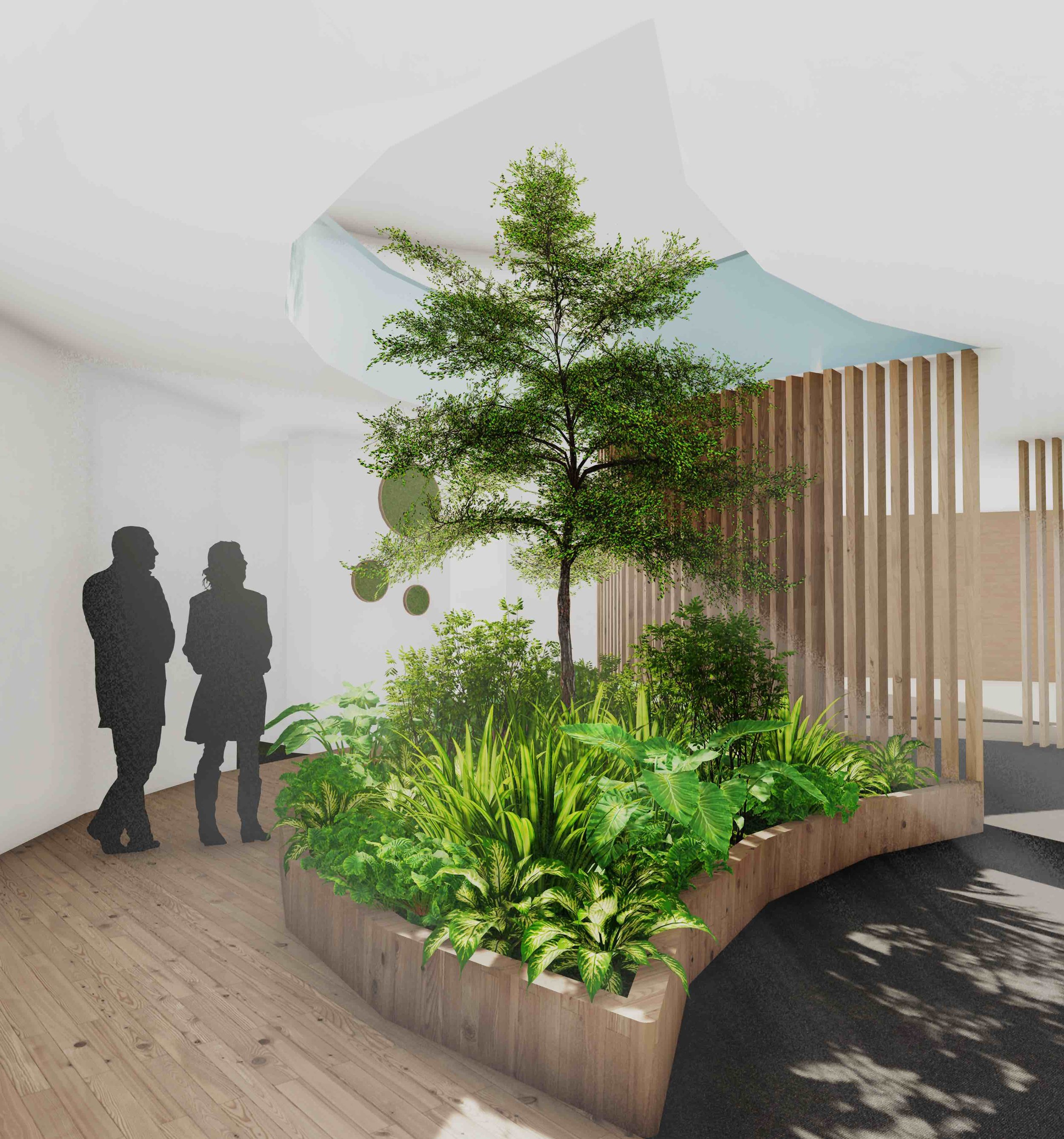
The Biophilic Design Movement: A Connection to Nature
Biophilic design is a concept that has gained significant attention in the world of architecture and interior design. It stems from the idea that humans have an innate connection to nature and that incorporating natural elements into our built environments can have a positive impact on our well-being. While plants have long been the go-to choice for bringing nature indoors, there is a growing movement to reimagine biophilic design beyond just plants. This article will explore the various ways in which designers are incorporating nature into our living spaces, going beyond the traditional use of plants.
The Benefits of Biophilic Design
Before delving into the different aspects of biophilic design beyond plants, it is important to understand the benefits that this design approach can offer. Numerous studies have shown that exposure to nature, even in small doses, can have a positive impact on our mental and physical well-being. Biophilic design seeks to bring these benefits indoors, creating spaces that are not only visually appealing but also promote health and well-being.

- Improved air quality: Incorporating natural elements such as living walls or water features can help improve indoor air quality by reducing pollutants.
- Stress reduction: Being surrounded by nature has been shown to reduce stress levels and promote relaxation.
- Increased productivity: Studies have found that exposure to nature in the workplace can lead to higher productivity and improved focus.
- Enhanced creativity: Natural elements can stimulate creativity and boost cognitive function.
- Improved well-being: Biophilic design has been linked to improved mood, increased happiness, and overall well-being.
Biophilic Design Beyond Plants
While plants are undoubtedly a popular choice for incorporating nature into our living spaces, there are many other ways to reimagine biophilic design. Designers are exploring innovative techniques and materials to create environments that mimic the beauty and serenity of natural landscapes.
Natural Materials
One way to incorporate nature into our built environments is through the use of natural materials. Wood, stone, and other organic materials can bring a sense of warmth and authenticity to a space. Designers are using these materials in creative ways, such as using reclaimed wood for flooring or incorporating natural stone as a focal point in a room.
Water Features
Water has a calming effect on our senses, and incorporating water features into interior spaces can create a sense of tranquility. Indoor waterfalls, fountains, or even small ponds can be used to bring the soothing sounds and visual appeal of water into our living environments.
Natural Light
Natural light is essential for our well-being, and designers are finding innovative ways to maximize the use of natural light in interior spaces. Skylights, large windows, and light wells can help bring the outdoors in, creating a connection to the natural world and providing a sense of openness and spaciousness.
Biomorphic Forms
Biomorphic forms mimic natural shapes and patterns found in the environment. Incorporating these organic forms into furniture, lighting fixtures, or architectural elements can create a sense of harmony and balance in a space. Curved lines, flowing shapes, and irregular patterns can evoke a sense of nature and contribute to a calming and restorative environment.
Nature-inspired Artwork
Art has the power to evoke emotions and create a connection to the natural world. Nature-inspired artwork, such as landscape paintings or photographs of natural landscapes, can bring a sense of the outdoors into our living spaces. These artworks can serve as a focal point in a room and create a visual connection to nature.

Case Studies: Examples of Biophilic Design Beyond Plants
To further understand the potential of biophilic design beyond plants, let's explore a few case studies that showcase innovative ways in which nature can be incorporated into our built environments.
The Amazon Spheres, Seattle, USA
The Amazon Spheres, located in the heart of Seattle, are a prime example of biophilic design that goes beyond the traditional use of plants. These three interconnected glass domes serve as an innovative workspace for Amazon employees, providing a unique environment filled with lush vegetation, water features, and even a treehouse meeting room. The design of the spheres creates a connection to nature, offering employees a serene and inspiring space to work in.
The Bosco Verticale, Milan, Italy
The Bosco Verticale, or Vertical Forest, in Milan is a pair of residential towers that are covered in more than 20,000 trees and plants. The towers not only provide a visually striking appearance but also contribute to improving air quality and reducing the urban heat island effect. The design of the Bosco Verticale showcases how biophilic design can be taken to new heights, quite literally.
The Under, Lindesnes, Norway
The Under is an underwater restaurant located on the southern coast of Norway. This unique dining experience not only offers breathtaking views of the ocean but also incorporates biophilic design elements throughout its interior. The use of natural materials, such as oak and stone, along with the mesmerizing view of marine life, creates a truly immersive and unforgettable dining experience.
The Future of Biophilic Design
As our understanding of the benefits of biophilic design continues to grow, so does the potential for reimagining our built environments. The future of biophilic design holds endless possibilities, with new materials, technologies, and design approaches emerging.

- Integration of technology: With advances in technology, designers can incorporate interactive elements that mimic natural phenomena, such as virtual skylights that mimic the changing patterns of daylight or responsive surfaces that mimic the movement of water.
- Urban biophilic design: As urban areas continue to grow, there is a need for incorporating nature into our cities. Vertical gardens, rooftop parks, and green facades are just a few examples of how biophilic design can be integrated into urban landscapes.
- Wellness-focused design: Biophilic design is closely tied to the wellness movement, and we can expect to see more emphasis on creating spaces that promote health and well-being. Incorporating elements such as circadian lighting, air filtration systems, and acoustic design will become increasingly important.
Summary
Biophilic design is a powerful tool that allows us to reconnect with nature in our built environments. While plants have been the traditional go-to for incorporating nature indoors, designers are now exploring innovative ways to reimagine biophilic design beyond plants. By incorporating natural materials, water features, natural light, biomorphic forms, and nature-inspired artwork, designers can create spaces that not only look visually appealing but also promote health, well-being, and productivity. The future of biophilic design holds endless possibilities, with the integration of technology, urban biophilic design, and a focus on wellness. As we continue to strive for a more sustainable and harmonious relationship with our environment, biophilic design will play an increasingly important role in creating spaces that nourish our minds, bodies, and souls.
